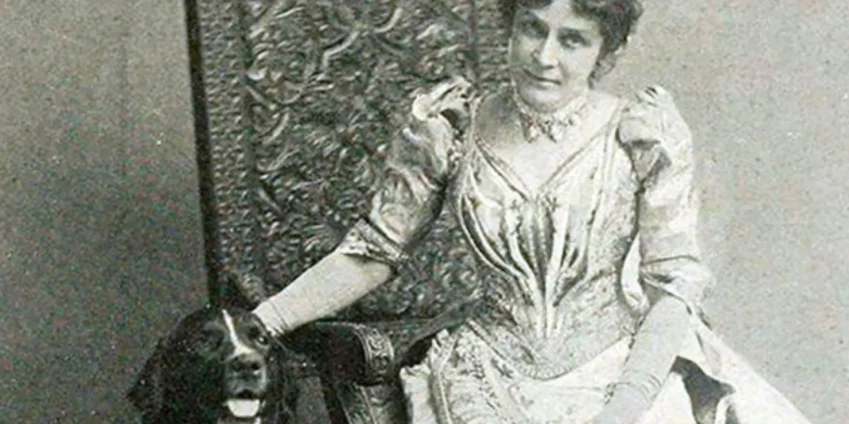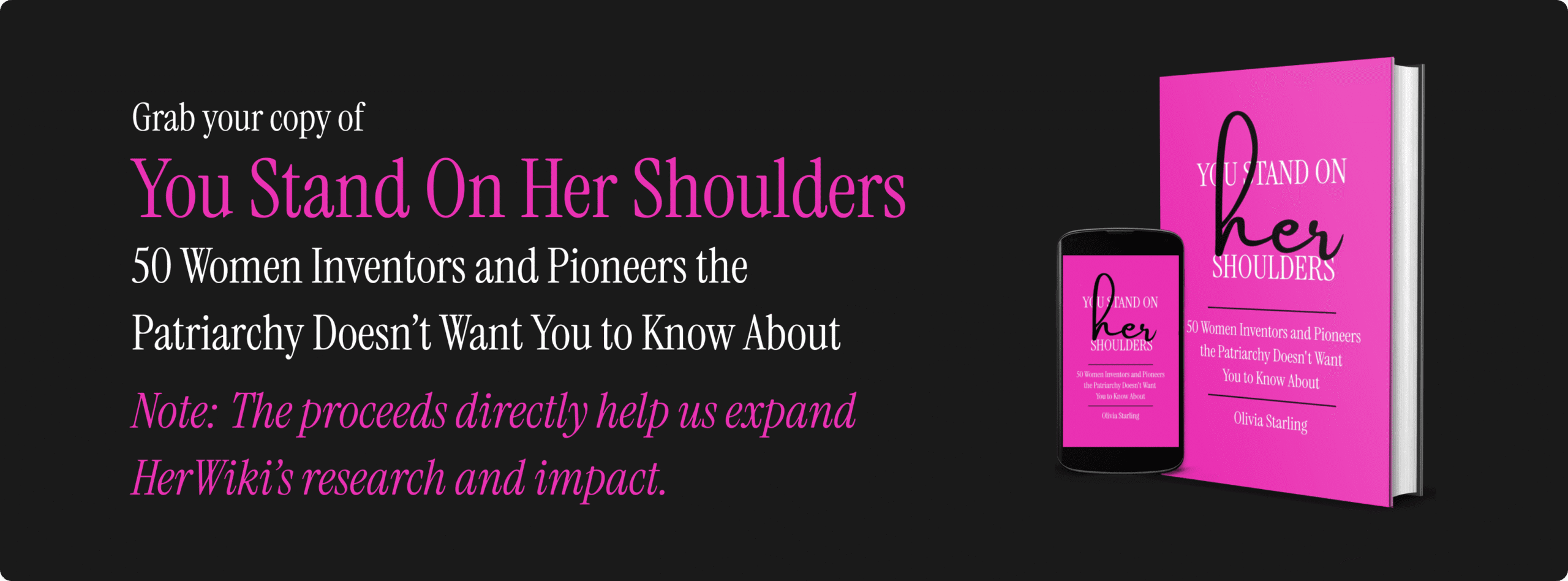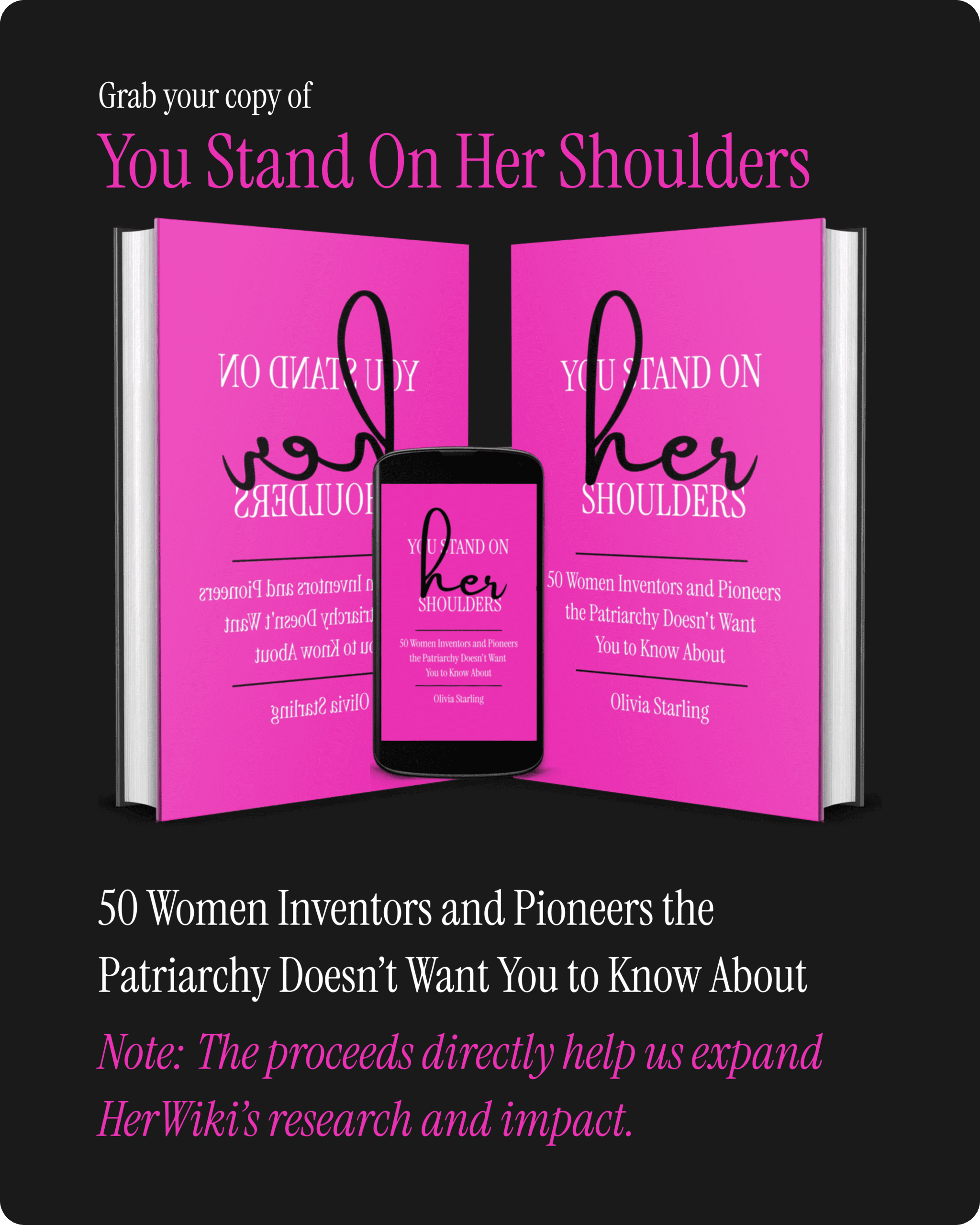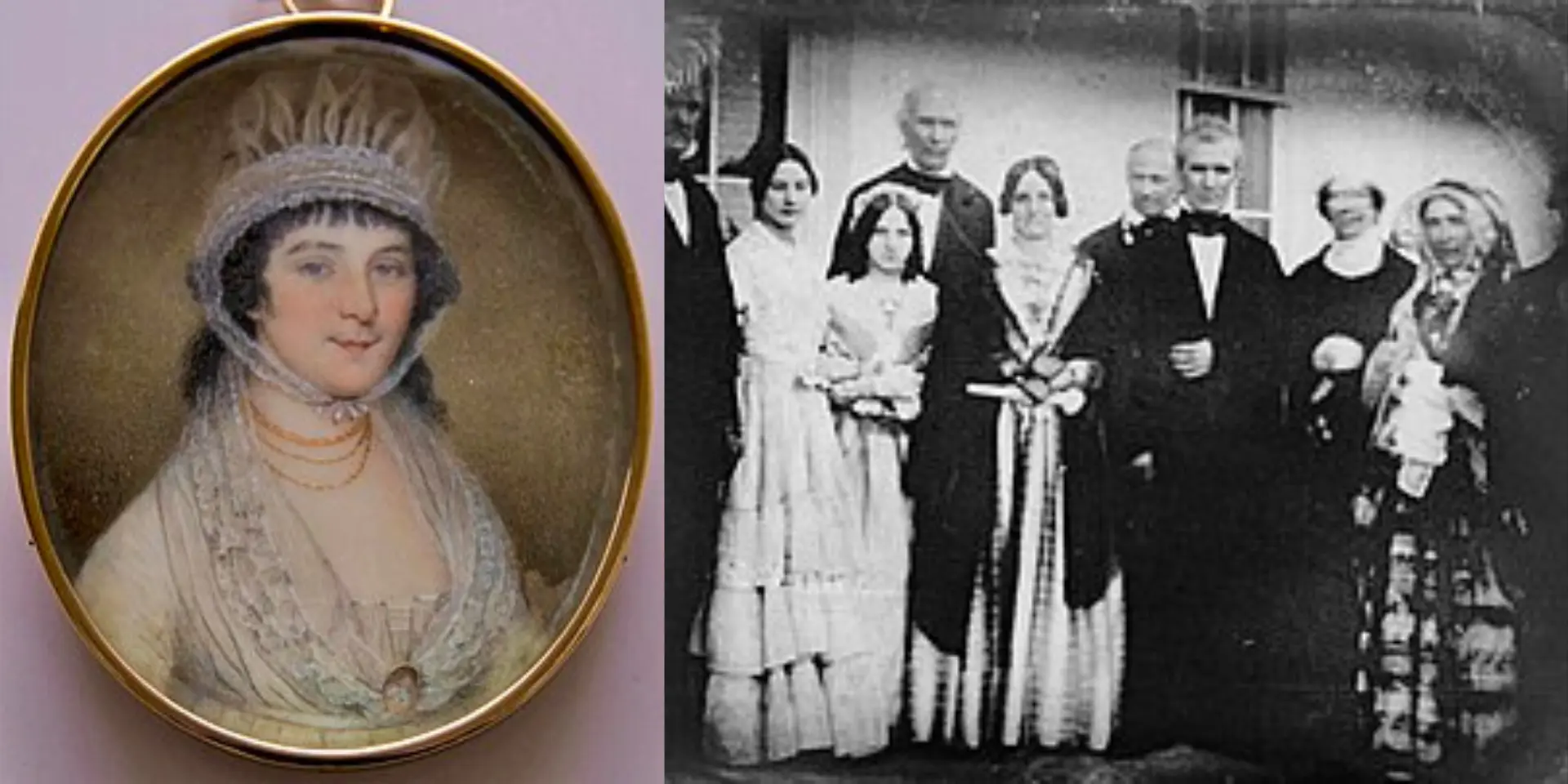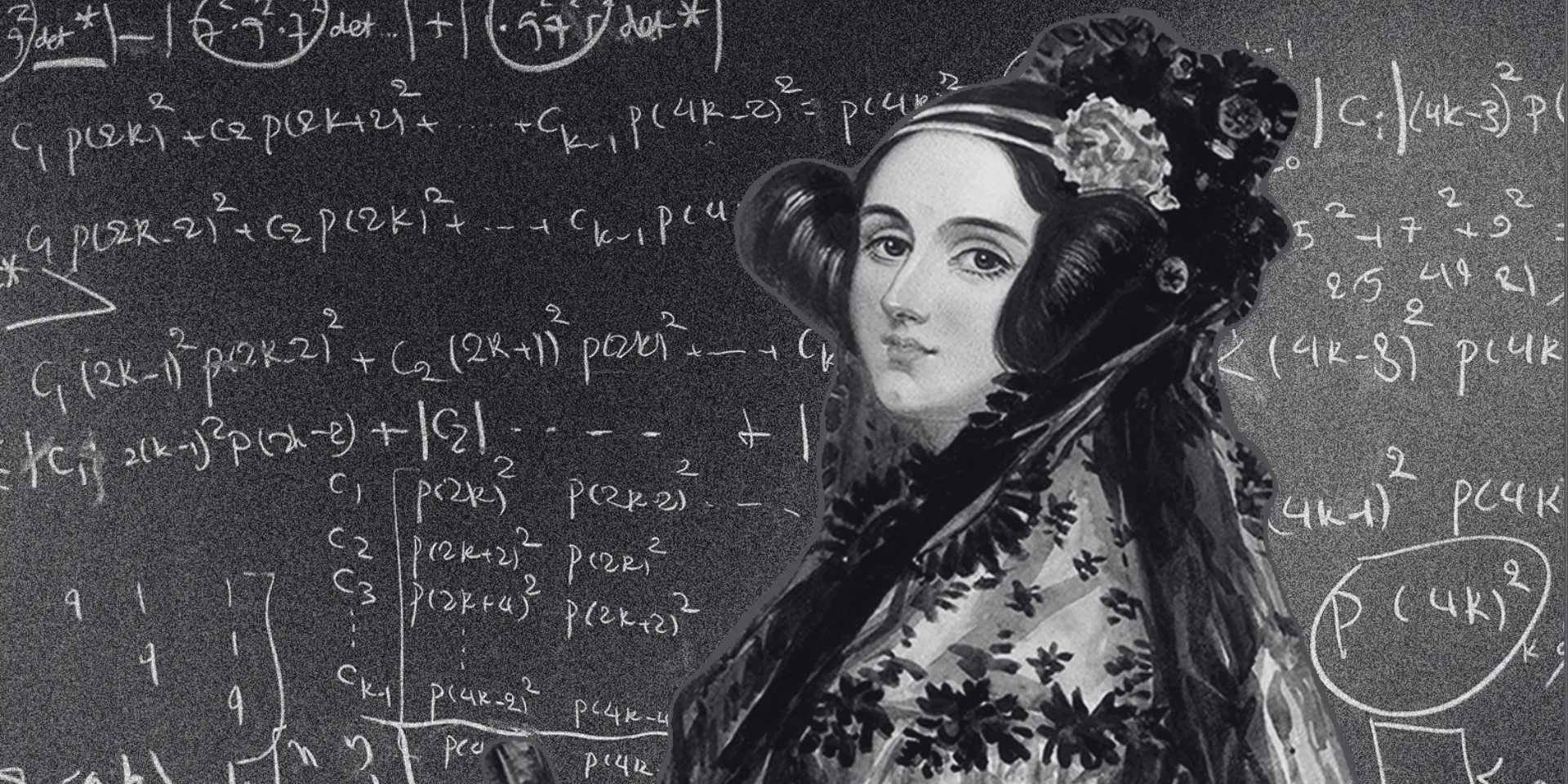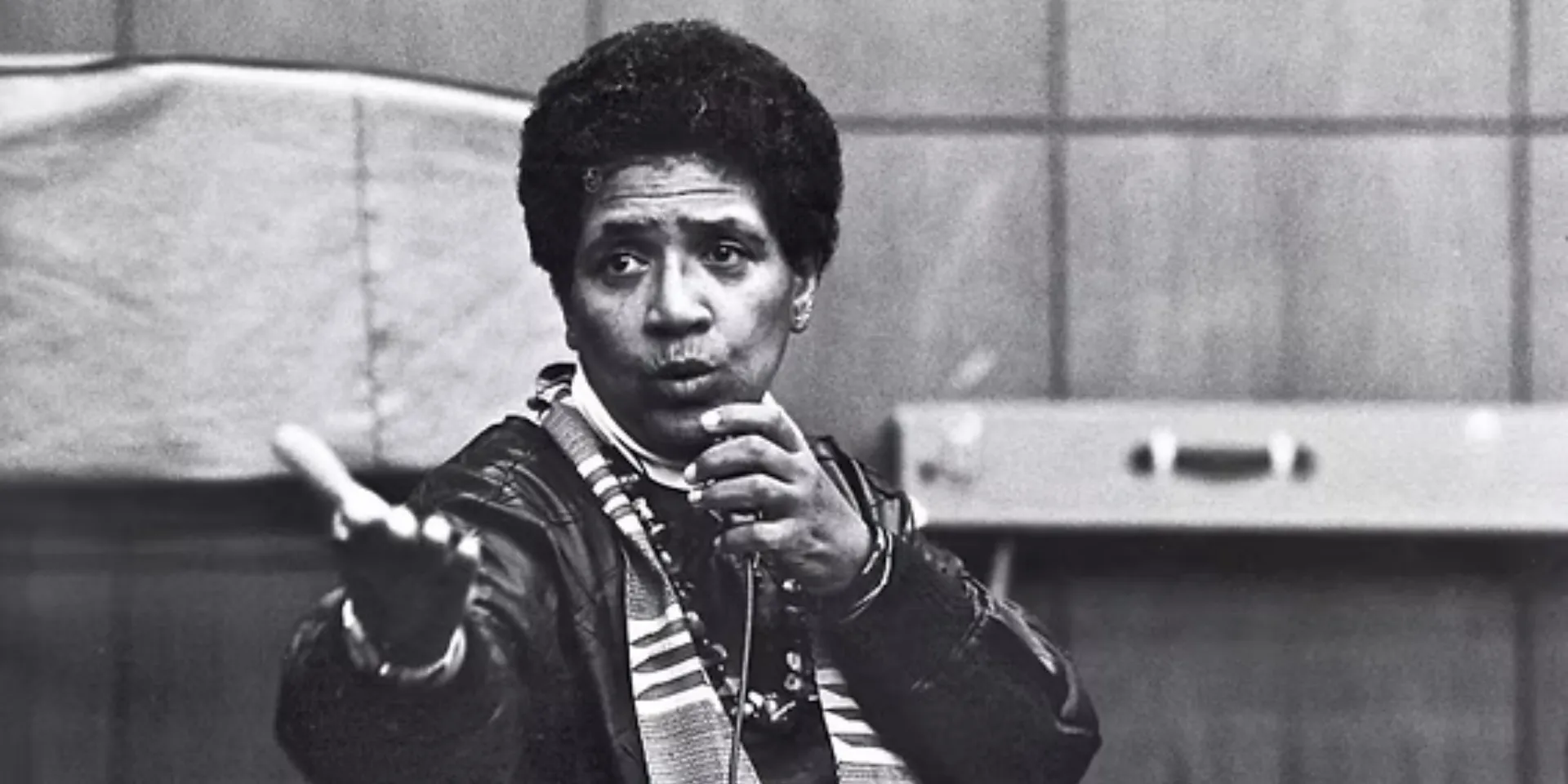Contents
ToggleThree years before any man would claim credit for discovering how carbon dioxide heats our planet, a woman in upstate New York had already figured it out. She built her own laboratory, ran meticulous experiments with glass tubes and thermometers, and wrote up findings that would reshape how we understand Earth’s climate. Her name was Eunice Newton Foote, and in 1856, she became the first person to scientifically prove that carbon dioxide traps heat and could warm our entire planet.
Yet for over a century, her name vanished from scientific history. The credit went to a British physicist named John Tyndall, who published similar findings years after Foote had already presented her groundbreaking work. This erasure wasn’t accidental. It was the predictable result of a scientific establishment that systematically ignored women’s contributions, refused them membership in scientific societies, and wouldn’t even let them read their own research papers at conferences.
The Making of a Revolutionary Mind
Born in 1819 in Connecticut, Eunice Newton grew up in a family that valued education and intellectual curiosity over traditional gender roles. Her father Isaac Newton Jr., a distant relative of the famous physicist, was an entrepreneur who built and lost fortunes through speculation. When he died in 1835, leaving the family farm drowning in debt, it was Eunice’s sister Amanda who stepped up, taking control of the property and saving it from creditors.
The Newton family had relocated to western New York by 1820, placing young Eunice at the epicenter of America’s most radical social movements. This region, known as the “Burned-over District” for its religious fervor, was a hotbed of abolition, women’s rights activism, and social reform. Here, women weren’t just quiet supporters of change; they were organizing, speaking publicly, and demanding equality. Eunice absorbed these revolutionary ideas alongside her formal education.
Education That Defied Convention
At seventeen, Eunice enrolled at Troy Female Seminary, an institution that dared to teach girls subjects typically reserved for boys. Founded by feminist educator Emma Willard, the school rejected the notion that women’s minds were too delicate for serious study. While other finishing schools taught embroidery and etiquette, Troy students tackled algebra, geometry, Latin, and natural philosophy.
But what truly set Eunice’s education apart was her access to the neighboring Rensselaer School, where Professor Amos Eaton welcomed female students into his science lectures. Eaton believed in learning by doing, not just memorizing. Under his guidance, Eunice learned to conduct experiments, use laboratory equipment, and think like a scientist. She studied chemistry, meteorology, and physics at a time when most people believed women’s brains would overheat if they thought too hard about complex subjects.
The assistant principal at Troy, Almira Hart Lincoln Phelps, was herself a scientist who wrote textbooks and developed curricula. She showed Eunice that women could be both educators and researchers, that they could contribute original knowledge to the world. This wasn’t the education of a future housewife; it was the training of a scientist.
Building a Life of Science
In 1841, Eunice married Elisha Foote Jr., a lawyer who had trained under Judge Daniel Cady, father of the famous suffragist Elizabeth Cady Stanton. The Footes settled in Seneca Falls, New York, where they became close friends and neighbors with the Stantons. This friendship would pull Eunice into the heart of the women’s rights movement.
While raising two daughters, Mary and Augusta, Eunice built a laboratory in their home. This wasn’t a hobby room or a corner workspace; it was a fully equipped scientific laboratory where she could conduct serious research. Elisha supported her work, even as society expected her to focus solely on domestic duties. Their partnership was unusual for the era, with both spouses pursuing intellectual interests and supporting each other’s ambitions.
In 1848, when Elizabeth Cady Stanton organized the first women’s rights convention in Seneca Falls, Eunice didn’t just attend; she helped shape it. She served on the editorial committee that prepared the convention proceedings for publication and signed the Declaration of Sentiments, which demanded equal rights and suffrage for women. This document was considered so radical that many newspapers mocked it, calling the signers “Amazons” and “unsexed women.” Eunice signed it anyway.
The Discovery That Changed Everything
By the 1850s, Eunice had turned her scientific interests toward understanding how the sun’s rays interact with different gases. Using an air pump, glass cylinders, and mercury thermometers, she designed an elegant experiment to test how various gases responded to sunlight. She would pump different gases into glass tubes, place them in direct sunlight, and carefully measure temperature changes.
Her methodology was brilliant in its simplicity. She created controlled conditions, testing not just different gases but also varying moisture levels and air pressures. She compared results in sunlight versus shade, with compressed versus evacuated air, with dry versus moist conditions. This systematic approach revealed something extraordinary.
When Eunice filled a cylinder with carbon dioxide and exposed it to sunlight, the temperature soared to 125°F, far higher than cylinders filled with regular air or other gases. Even more intriguing, the CO2 cylinder took much longer to cool down after being removed from the sun. She had discovered that carbon dioxide has a unique ability to trap and retain heat.
But Eunice didn’t stop at observation. She made a leap that would prove prophetic, writing: “An atmosphere of that gas would give to our earth a high temperature; and if, as some suppose, at one period of its history, the air had mixed with it a larger proportion than at present, an increased temperature from its own action, as well as from increased weight, must have necessarily resulted.”
In one sentence, she had articulated the principle of greenhouse-driven climate change. She understood that varying levels of CO2 in the atmosphere would directly affect Earth’s temperature. This wasn’t speculation; it was a conclusion based on experimental evidence.
The Silencing of a Pioneer
When the American Association for the Advancement of Science held its annual meeting in Albany in August 1856, Eunice submitted her paper, “Circumstances Affecting the Heat of the Sun’s Rays,” for presentation. But she wasn’t allowed to present it herself. Despite having conducted the research, analyzed the results, and written the paper, she had to sit in the audience while Joseph Henry, secretary of the Smithsonian Institution, read her work aloud.
Henry introduced her paper with patronizing remarks about how “science was of no country and of no sex,” then immediately undermined her findings by telling the New York Daily Tribune that while her experiments were “interesting,” there were too many difficulties in interpreting their significance. He essentially dismissed the work he had just presented, ensuring that the scientific community wouldn’t take it as seriously as if a man had presented it.
The American Journal of Science and Arts did publish Eunice’s complete paper in November 1856, making it the first physics paper by an American woman to appear in a scientific journal. But the AAAS excluded it from their official conference proceedings, as if her contribution hadn’t happened. While summaries appeared in various international journals, many omitted her crucial conclusion about CO2 and climate change. The Edinburgh New Philosophical Journal even credited her paper to “Mrs. Elisha Foote,” erasing her identity as an individual scientist.
A Second Breakthrough, A Second Dismissal
Undeterred by the lukewarm reception of her first paper, Eunice continued her research. In 1857, she presented new findings on atmospheric electricity, demonstrating how moisture content and gas composition affected the generation of static electricity. Again, Joseph Henry read her paper at the AAAS meeting while she sat silent.
This second paper, “On a New Source of Electrical Excitation,” became the first physics paper by an American woman to be included in the official AAAS proceedings. Yet even this achievement was diminished. When the New York Daily Times praised her work as proving something “never heretofore proven,” they failed to note that she had actually confirmed principles of the ideal gas law established decades earlier. The scientific establishment seemed determined to either ignore or misunderstand her contributions.
The Inventor in the Shadows
Beyond her atmospheric research, Eunice was a prolific inventor. But here too, she faced barriers. As a married woman, she couldn’t defend patents in court, so many of her inventions were patented under her husband’s name. In 1868, she told Elizabeth Cady Stanton that she believed half the patents filed by men were actually inventions by women who had no choice but to let men claim credit.
Despite these obstacles, Eunice managed to patent several inventions in her own name. In 1860, she patented a rubber insert for shoes that prevented squeaking. In 1864, she developed a revolutionary paper-making machine that saved manufacturers thousands of dollars in raw materials. A company in Massachusetts reported that her machine saved them $157 per day, equivalent to over $2,700 in today’s money.
Her inventions weren’t frivolous “women’s gadgets.” They were practical, profitable innovations that improved industrial processes and everyday life. Yet history books don’t celebrate Eunice Foote as an inventor any more than they celebrate her as a climate scientist.
The Man Who Got the Credit
Three years after Eunice published her findings, British physicist John Tyndall conducted similar experiments and published his results. Using more sophisticated equipment, including devices that could detect infrared radiation, Tyndall confirmed and expanded upon what Eunice had discovered. But he never mentioned her work. Whether he knew about it remains debated by historians, but given that her papers were published in major scientific journals with international circulation, his ignorance seems unlikely.
Tyndall became known as the “father of climate science,” receiving accolades, fellowships, and a permanent place in scientific history. He was credited with discovering the greenhouse effect, even though Eunice had published this discovery three years before him. The scientific establishment was so eager to credit a British male physicist that they completely erased the American woman who got there first.
For over a century, every climate science textbook credited Tyndall. Every discussion of the greenhouse effect began with his name. Eunice Newton Foote vanished from the scientific record as thoroughly as if she had never existed.
The Systematic Erasure
Eunice’s erasure wasn’t unique; it was typical. The 19th-century scientific establishment had perfected methods for dismissing women’s contributions. They barred women from scientific societies, preventing them from presenting their own work. They published women’s papers without fanfare, often buried after men’s contributions. They credited women’s discoveries to their husbands or male colleagues who presented the work.
Even when women’s work was published, it was often reframed as preliminary, amateur, or merely confirmatory of men’s “real” discoveries. Scientific historians, almost exclusively male, perpetuated these biases by writing women out of the historical record entirely. Before 1960, only thirteen texts on American women’s history existed, and none focused on women scientists.
This wasn’t oversight; it was systematic. The scientific community had decided that science was a masculine domain, and any evidence to the contrary had to be suppressed or reinterpreted. Women like Eunice weren’t just forgotten; they were actively erased.
Eunice remained buried in historical obscurity until the 1970s, when women scholars began excavating the hidden history of female scientists. Historian Sally Gregory Kohlstedt mentioned Eunice in 1976 while researching the AAAS’s history. Elizabeth Wagner Reed included a chapter on Eunice in her 1992 book about early American women scientists. But these academic mentions didn’t penetrate mainstream consciousness.
HerWiki is built and maintained by the support of amazing readers like you. If this story inspired you, join the cause and help us make HerWiki bigger and better.
The internet age brought new possibilities for recovering lost history. In 2011, retired petroleum geologist Ray Sorenson stumbled upon a mention of Eunice’s work while researching early climate science. His article in an online geology journal sparked renewed interest. Climate scientist Katharine Hayhoe discovered Eunice while trying to answer why there were so few women in early climate research. She realized that there had been women; they had just been erased.
By 2019, the 200th anniversary of Eunice’s birth, scientists and historians worldwide were finally acknowledging her pioneering role. Symposiums were held in her honor. Academic papers analyzed her experiments and confirmed her priority in discovering CO2’s heat-trapping properties. The climate science community began grappling with how completely they had written out one of their founders.
The True Pioneer of Climate Science
Modern analysis of Eunice’s work confirms what should have been obvious in 1856: she was the first person to experimentally demonstrate that carbon dioxide traps heat and to theorize that changing atmospheric CO2 levels would alter Earth’s climate. While her apparatus couldn’t detect infrared radiation like Tyndall’s later equipment, her fundamental discovery was correct and preceded his by three years.
Scientists now understand that Eunice’s simpler experiments actually demonstrated a different but related phenomenon called the “near-infrared effect.” While not identical to the greenhouse effect Tyndall measured, her work still represented the first experimental proof that CO2 had unique heat-trapping properties that could affect climate.
More importantly, Eunice made the conceptual leap from laboratory observation to planetary implications. She didn’t just note that CO2 trapped heat; she explicitly stated that varying atmospheric CO2 would change Earth’s temperature. This insight, published in 1856, predated Tyndall’s similar conclusion by five years.
In 2022, the American Geophysical Union established the Eunice Newton Foote Medal for Earth-Life Science, finally giving her name the scientific recognition it deserved. Universities now include her in climate science curricula. Her story has become a powerful example of how systemic sexism in science has robbed us of knowing our true history.
But Eunice’s legacy extends beyond climate science. Her life demonstrates the extraordinary contributions women made to science despite facing almost insurmountable barriers. She built her own laboratory when universities wouldn’t admit women. She conducted rigorous experiments when society said women’s minds couldn’t handle complex thought. She published scientific papers when journals barely acknowledged women existed.
Every time someone mentions climate change, they’re discussing a phenomenon first scientifically demonstrated by Eunice Newton Foote. Every climate model, every IPCC report, every discussion of greenhouse gases traces back to her glass tubes and thermometers in a home laboratory in Seneca Falls.
Eunice Newton Foote died in 1888, never knowing that her scientific work would one day be recognized as foundational to understanding the greatest challenge facing humanity. She never saw her name restored to its rightful place in scientific history. But she also never stopped working, investigating, inventing, and pushing boundaries.
Her story reminds us that women have always been scientists, inventors, and thinkers. They’ve made discoveries that changed the world, only to watch men receive the credit. They’ve persisted despite being barred from laboratories, universities, and scientific societies. They’ve built their own spaces for discovery when existing institutions excluded them.
Today, as we grapple with the climate crisis Eunice first identified, we must remember that a woman saw it coming 170 years ago. She conducted the experiments, analyzed the data, and drew the correct conclusions. She warned us that changing CO2 levels would alter Earth’s climate. The scientific establishment ignored her because she was a woman, but physics doesn’t care about gender. The greenhouse effect Eunice discovered operates regardless of who gets credit.
Eunice Newton Foote wasn’t just a forgotten footnote in scientific history. She was a revolutionary who understood that science, like justice, knows no gender. Her experiments with sunlight and gases didn’t just discover a physical phenomenon; they illuminated the systematic exclusion of women from scientific recognition. Her legacy challenges us to question how many other Eunices have been erased, how many discoveries have been credited to the wrong people, how much human potential has been wasted because of prejudice.
The woman who discovered climate change deserved better from history. But perhaps her ultimate vindication is that her discovery matters more now than ever. As we face the climate crisis she predicted, we must remember that it was a woman who first sounded the alarm, a woman who first understood the danger, and a woman whose scientific genius transcended all attempts to erase her.


